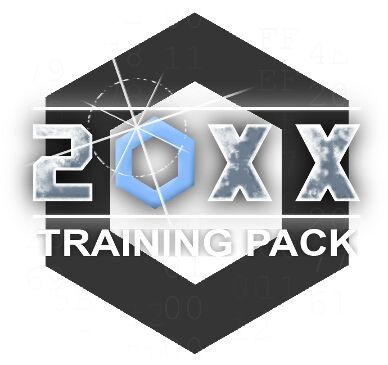

In Melee, there are 5 neutral stages so one player bans a stage, then the other player bans 2, then the first player bans one more stage and they fight on the remaining one. You decide who bans first via Rock Paper Scissors. The way stage picking works is you start with a pool of neutral stages which the 2 players will take turns banning until there is only one left. Here is an example of one of the fastest 4 stocks in history.īlastzones: Blastzones are the areas which surround the edge of the screen and cause characters to lose a stock if they touch them.Ĭounterpick: In Smash, picking stages is almost as crucial as picking your character.

In Smash for Wii U, the equivalent term is a 2 stock. If you want to refresh your mind on the basic universal terminology that applies to most fighting games, make sure to check out this guide.Ģ0XX: 20XX is a joke term invented by the player Hax, referring to a time where everyone is so good at Melee, that everyone plays Fox to such a high degree that games are decided by who gets the first controller port.Ĥ-stocked: One lower than a JV5, 4-stocking someone is where you beat an opponent without losing a single life. This guide aims to decode many of the terms commentators will commonly use when discussing high level gameplay, in order to help you get the most out of the many Smash streams that will appear on Twitch on the next few weeks. Due to the fact the mechanics of combat are quite different to your standard 2D fighter, a lot of very specific language has built up around Smash which may be hard to decipher for a new player or a first time spectator. Smash isn’t your typical fighting game, as the focus is not on taking down an enemy’s lifebar but by racking up enough damage onto an enemy to send them flying off stage. So, we’ve covered traditional fighting games like Street Fighter and Mortal Kombat, now onto Smash Bros.


 0 kommentar(er)
0 kommentar(er)
